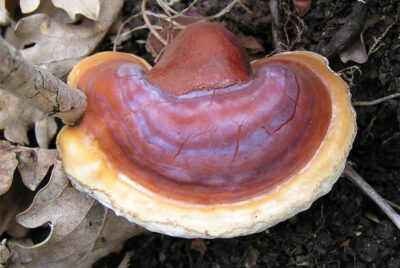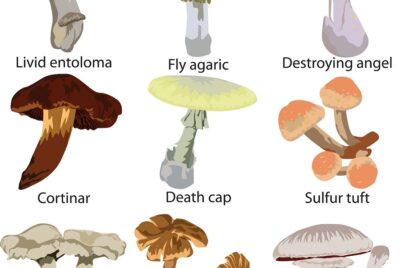When you are eating mushrooms do you think about brain health? I doubt it :) But…
Mushroom Species
There are thousands of mushroom species and like any other plant, mushrooms are classified into different categories. There are four categories of mushrooms and the main determining factor is – nutrients intake. More exactly, mushrooms are categorized by how they absorb nutrients from the soil and if there are any relation between the mushrooms and the host/plant. If you are interested in mushrooms, learning about the four categories will help you understand them a bit better.
Here are the four mushroom categories:
1.Saprotrophic Mushrooms
Morels, Cremini, White Button and Shiitake are all mushroom species that belong in this category and are all edible by humans. These mushrooms do well under conditions that allow them to thrive on decomposing dead plants for example, decaying wood. They break down dead plant matter and use it as nutrients. Their ability to break down dead matter allows them to speed up the decomposition rate of whatever host they are attached to.
These mushrooms thrive well on areas with enough water, oxygen, good soil with a pH level of 7 or less and moderate temperatures. This mushrooms category can further be divided into two more categories: the litter decomposers and wood decay fungi (reishi mushrooms for example). Whereas wood decay fungi break down the wood in dead trees, the litter decomposers are known for breaking down the plant matter found around on the ground. Most mushrooms species that belong to the Saprotrophic category are litter decomposers.
2. Mycorrhizal Mushrooms
These mushrooms thrive entirely on the host, they have a symbiotic relationship. They can absorb sugars from the host and use the sugars as nutrients to thrive. This relationship is like a good marriage, they both help sustain each other with nutrient and water exchange.
Truffles and chanterelles are the most known mushroom species found in the mychorrhizal mushroom category. There are several subcategories under the Mycorrhizal category. Nevertheless, most mushrooms in this category are in the subcategory ectomycorrhizas that tend to latch close to the host’s root system, making access to nutrients easy for both the mushrooms and the host.
3. Parasitic Mushrooms
As the name suggests, these mushrooms act as parasites to the host. The relationship between the mushrooms in this category and the host is purely one-sided because only the mushroom benefits from the host. Cordyceps are commonly known to belong to this category. These mushrooms can grow on caterpillars’ backs and feast on it.
Parasitic mushrooms such as cordyceps, Chaga, and Lion’s Mane rob the host of its vital nutrients and eventually kill their host. Some parasitic fungi can also attach to humans causing severe infections that can cause harsh medical conditions.
4. Endophytic Mushrooms
These mushrooms belong to complex fungi known as endophytes. They act like parasitic mushrooms in that they feed and take over their host, but unlike parasitic mushrooms, endophytes do not kill their host – they actually play a symbiotic role with the host. They help the plant they are attached to by providing water and protecting the host from diseases. The mushroom species belonging to this category are best cultivated in labs.
Conclusion
Mushrooms are a good source of nutritional value, medicinal value and are used for experimental purposes. They are valued by people and scientists all over the of the world. For example, mushrooms have been used for medical purposes to add protein, vitamins, minerals, and oxidants to patients who have a weak immune systems.
With having a huge variety of mushrooms species, understanding these categories is helpful when starting to learn more about mushrooms. You may be a mushroom lover wanting to experiment with cooking mushrooms or maybe you are thinking of starting to grow them; either way this article should give you some guidance.



